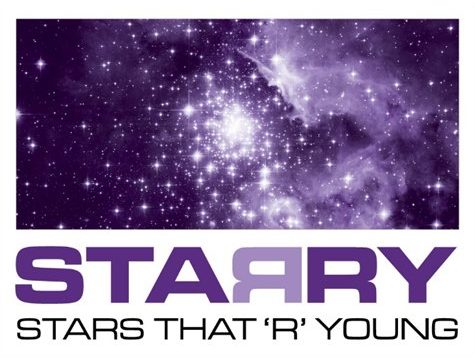STARRY is a joint EU-funded training programme provided by the University of Leeds, UK and the ISDEFE in ESAC, Madrid, Spain. During my PhD, I have the fantastic opportunity to work in two different environments. I started the first part of the programme at the University of Leeds in January 2017. Currently, I am at the ISDEFE at the European Space Astronomy Centre (ESAC) in Madrid. ISDEFE as a company provides services related to the definition, design, development, management, operation and maintenance of space complexes to ESAC. Besides, has personnel providing archival support and development at ESAC.
ESAC is a place where many of the space missions, like Gaia, have their home. Also, it is a community where astrophysicists, engineers, software developers, technical support and many others work every day to allow us to have updated information about the current missions and future missions, have access to archives to take the data we need to make our science and keep the satellites in operation.
My work in this period has concentrated in preparing myself for the Gaia DR2 that will be released very soon! April 2018. Also, I have been working on continuing to meet the objectives proposed in my project.
I am grateful to live this experience; even with the challenges of moving country; I had to arrive and live in Madrid. I had the warm welcome in the new office, and so far, I am enjoying my time in ESAC.
This is just the beginning of the second part. Hopefully, everything is going to be how it is supposed to be.
